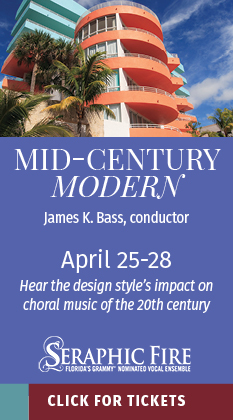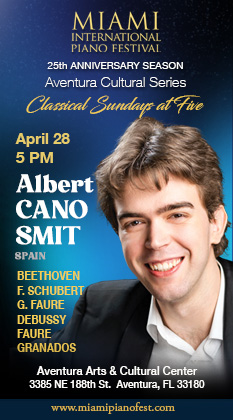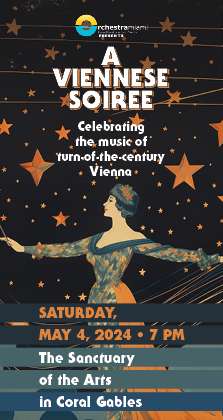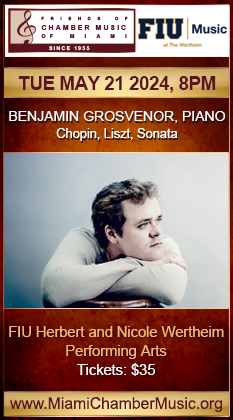Ax, MTT and New World deliver strong night of German music at Arsht Center
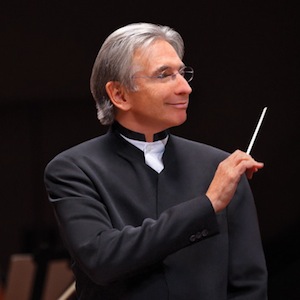
Micahel Tilson Thomas led the New World Symphony in music of Beethoven and Schumann Saturday night at the Arsht Center.
For its first appearance of the season at the Arsht Center in downtown Miami, the New World Symphony chose a program that was traditional, Germanic and anchored by a star soloist.
The soloist Saturday was Emanuel Ax in Beethoven’s Piano Concerto No. 4, who gave a strong performance that had a firm sense of early 19th-century proportion and ease.
There are some concertos, particularly virtuoso keyboard pounders, in which you want to feel the performer’s effort, in which the heroic conquering of technical obstacles forms part of the musical drama.
Beethoven’s Fourth isn’t one of them. Positioned between the thunder and fire of the composer’s Third and Fifth piano concertos, the Fourth is Beethoven’s most serene work in the form, and Ax’s fluent virtuosity captured the work’s unique tone.
The opening, in which the solo piano is heard first, was unusual in that Ax chose to roll the first chord, something that’s rarely done. In the first movement, the pianist’s smooth, light style gave the work an almost chamber-sized feel, as his hands flew up and down the keyboard in figurations that accompanied themes in the orchestra. Yet his restraint paid off when the music turned darker and more dramatic, as in the mysterious minor-key episode of the first movement. Here Ax brought grandeur and power to the keyboard-spanning arpeggios without having to pound the keys to contrast with the previous, more tranquil music.
Under artistic director Michael Tilson Thomas, the orchestra gave a performance that had a compact yet taut, weighted feel, perfect for the tone set by Beethoven. In the second movement, Tilson Thomas made the orchestra roar, in titanic figures that couldn’t have contrasted more with the gentle replies of the piano.
The concert opened with Brahms’ Academic Festival Overture, led by a young guest conductor, Nicholas Hersh, recently appointed music director of the Bloomington Symphony Orchestra in Indiana. From the ominous opening to the joyous, brassy ending, he led an energetic performance that fully captured the work’s power, dignity and high spirits. This overture calls for the largest, most varied orchestra that Brahms ever used, and Hersh kept the forces in balance without any feeling of constraint.
Schumann’s Symphony No. 2, written as the composer struggled with the health and psychological problems that would plague him until his early death, follows a course of darkness to light that characterized many large 19th-century works. Under Tilson Thomas’s direction, the symphony opened with soft running figures in the strings and a simple brass chorale that built magnificently as the harmonies became more searing and complex.
The brisk second movement is a real workout for the first violins, and they delivered the galloping melody with crisp virtuosity and clarity.
The symphony’s third movement is a landmark for many lovers of Schumann’s music, a sustained, soaring melody in strings and winds, full of pathos and harmonic tension. Tilson Thomas chose a less-is-more approach that served the music well, taking it at a brisk pace that allowed the music’s power to emerge naturally, without wallowing in it. Winds and violins played with glowing, warmly phrased tones in one of Schumann’s most moving melodic inspirations.
Even in the fortissimo musical affirmation of the finale, the darkness never quite disappears, and the winds were particularly effective in a murky minor-key passage over a restless, nervous accompaniment in the strings. But with sumptuous playing in all sections filling the hall with glorious sound, the final movement fulfilled the symphony’s path toward triumph, ending another impressive outing by the New World musicians.
Posted in Performances
Leave a Comment
Sun Oct 27, 2013
at 1:26 pm
No Comments
